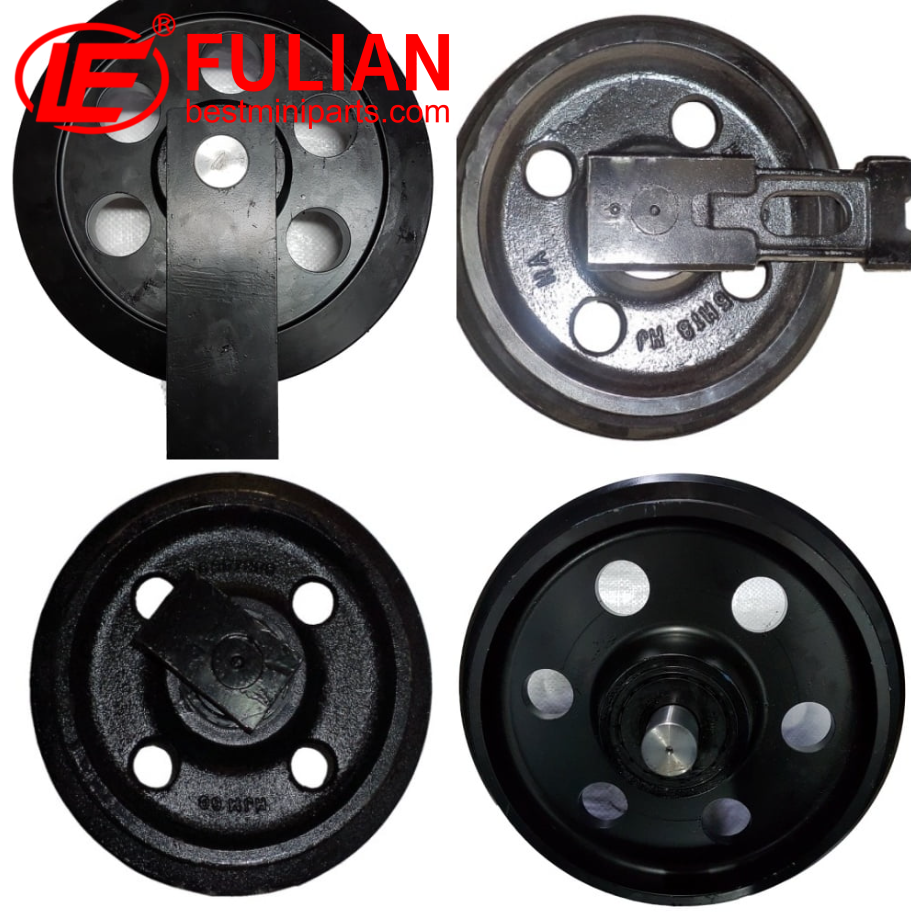A reduction in speed on one side of an excavator can be a symptom of several potential issues affecting the machine’s operational integrity. These are some of the principal causes to investigate:
-
Hydraulic System Issues: Hydraulic systems are central to the operation of an excavator’s movement. If there is restricted flow or leakage in the hydraulic lines, cylinders, or valves on one side, the performance could be compromised. Additionally, wear or damage to hydraulic pumps and motors can result in insufficient pressure, leading to reduced speed on one track. Systematic checks for pressure levels, possible fluid contamination, and component wear should be undertaken.
-
Track Tension: Unequal tension in the excavator’s tracks is a common culprit. Overly tightened tracks can increase friction and wear, reducing speed, while excessively loose tracks might slip or disengage. Regularly check track tension and adjust it according to the machine’s service manual to ensure optimal track operation.
-
Worn Undercarriage Parts: Parts like rollers, idlers, and sprockets can wear unevenly, especially if the excavator operates on challenging terrain or if maintenance is neglected. Inspecting these components for uneven wear can highlight problem areas, which once addressed through replacement or repair, can rectify speed issues.
-
Drive Sprocket and Final Drive Damage: The drive sprockets link with the tracks to propel the excavator. Damaged or worn sprocket teeth can cause the track to slip. Similarly, issues with the final drive assembly, such as worn gears or bearings, could lead to reduced driving force to the tracks, thus decreasing speed on the affected side.
-
Control Valve Malfunction: The control valves regulate the direction and flow of the hydraulic fluid that powers track movement. Should these valves become uncalibrated or defective, it could cause an imbalanced hydraulic flow, affecting the speed at which tracks operate.
-
Obstruction in Undercarriage: Dirt, rocks, or other types of debris can accumulate in the undercarriage, leading to resistance and impeding track movement. Regular cleaning is essential to prevent this build-up and maintain a consistent excavator speed.
-
Operator Handling: In some cases, the issue of reduced speed might not stem from a mechanical fault but from the operation method. Misuse or inconsistent use of controls by the operator may result in an excavator displaying reduced speed on one side. Ensuring proper training and consistent operating techniques can resolve such issues.
-
Electrical System Faults: Modern excavators have sophisticated electrical systems that work in conjunction with hydraulic systems. Sensor failures, wiring issues, or faults in the electronic control unit (ECU) can impact the delivery of power to the tracks. Diagnostic checks of the electrical system can uncover such electrical system faults.
When addressing these possible causes, it is essential to proceed methodically, from the most straightforward fixes like track tension adjustments and undercarriage cleaning to more complex hydraulic and electrical system diagnostics. It may be necessary to engage professionals or the manufacturer’s service department, especially when dealing with advanced hydraulic or electronic issues. Preventive maintenance and adherence to the manufacturer’s guidelines can minimize the risk of such problems occurring.
Fulian Operation Team
2024.3.14








